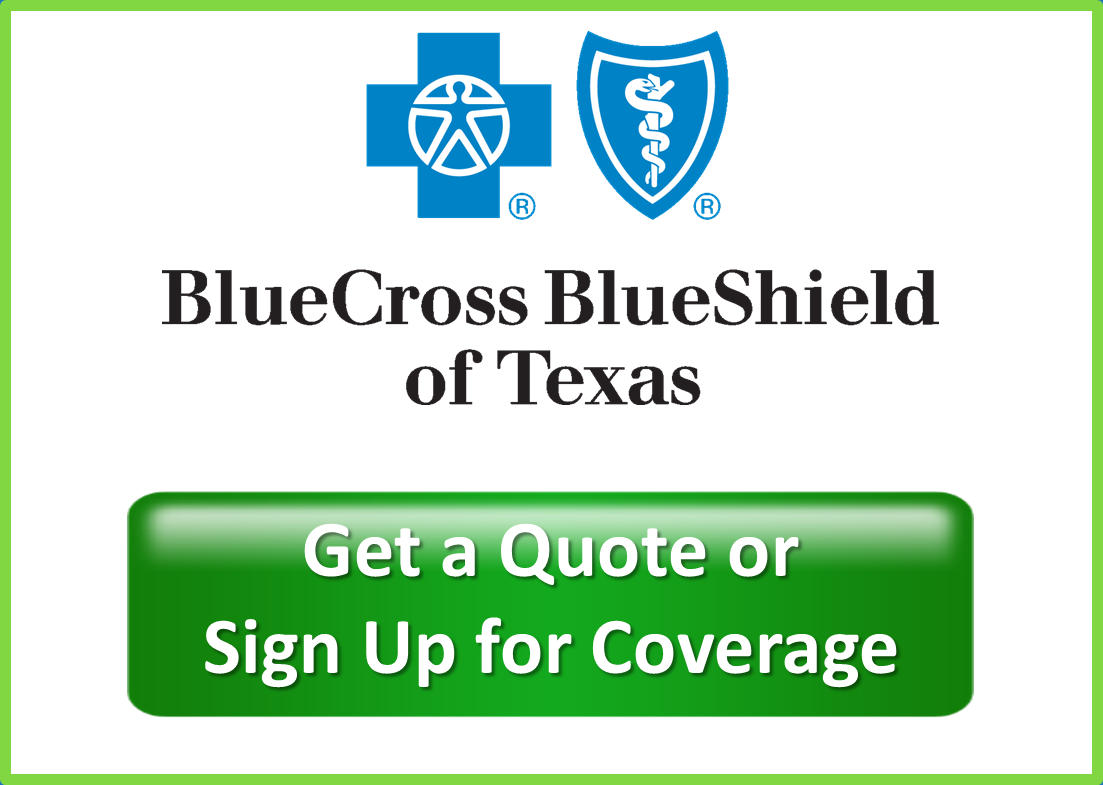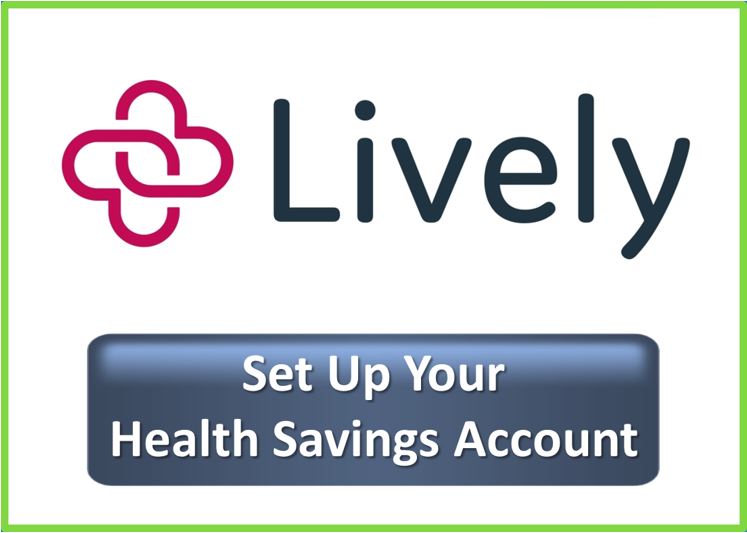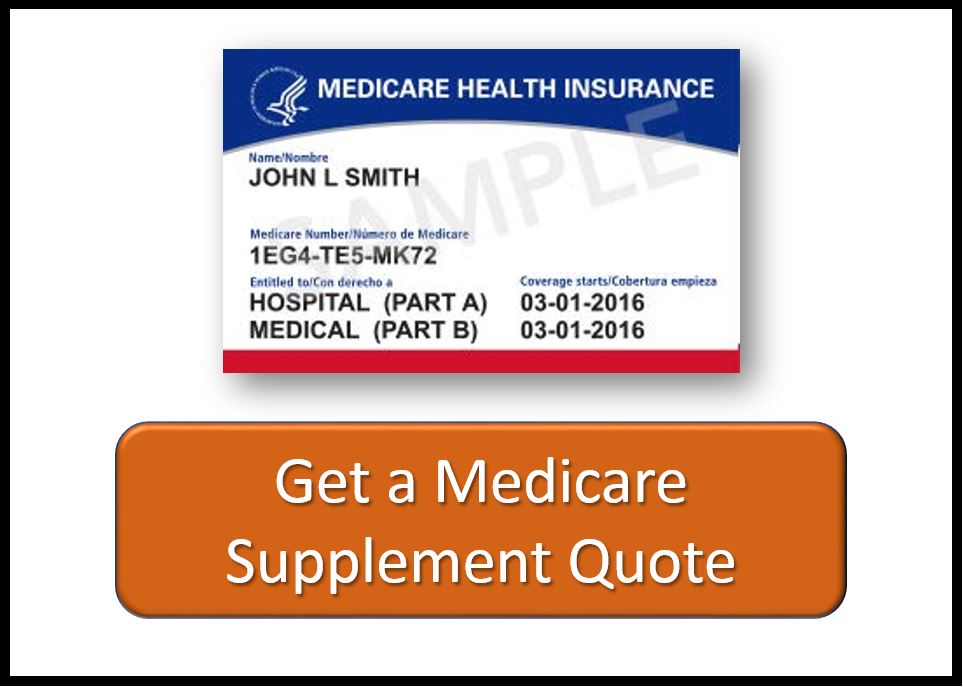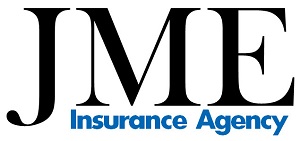There are three types of tax-advantaged accounts employers can consider to help their employees with their eligible medical expenses. Each of these accounts has certain advantages, but there are also rules about how to set up and administer the accounts. That’s why JME Insurance works with some great third party administrators (TPAs) to make sure your the paperwork is done correctly and the plan is beneficial for your employees.
HEALTH SAVINGS ACCOUNTS
An HSA is a tax-favored account used to pay for qualified medical expenses. If you have an IRS-qualified High Deductible Health Plan and do not have other coverage that would disqualify you, you can set up a Health Savings Account. These funds can be used to pay for medical expenses that are applied to your deductible/coinsurance, or other expenses that may not be covered by your HDHP, such as dental or vision. HSA plans offer significant premium savings and lower overall financial exposure when compared to most co-pay plans. For 2018, the maximum HSA contribution amount is $3,450 for people with single coverage and $6,900 for people with family coverage. An additional $1,000 “catch” up contribution is permitted for people age 55 and older.
FLEXIBLE SPENDING ACCOUNTS
Like an HSA, an FSA is a tax-favored account that allows employees and employers to set aside pre-tax funds to pay for qualified medical expenses. Unlike an HSA, though, an FSA does not require the member to have a specific type of health plan. While FSAs are great for predictable expenses, they’re not as good for unexpected expenses. That’s because the employee must decide at the beginning of the plan year how much to contribute to his or her FSA and cannot increase or decrease this amount if his or her situation changes. Flexible Spending Accounts are also “use it or lose it,” which means that any unused funds at the end of the year are forfeited. To reduce the risk to employees, employers are now allowed to roll over up to $500 in FSA funds to the next plan year. For 2018, the maximum FSA contribution amount is $2,650.
HEALTH REIMBURSEMENT ARRANGEMENTS
HRAs are tax-advantaged accounts that only permit employer contributions; employee contributions are not allowed. In general, employers set the rules for HRAs: how much will the employer contribute, when will those contributions be made, what expenses can the HRA be used for, and do any unused funds roll over to the next year? HRAs are a great way to offer a less comprehensive plan but then supplement the out-of-pocket exposure with employer funds, reducing the net risk to employees. In order to receive HRA funds, active employees must be enrolled in an employer-sponsored health plan.
Need help?
If you’d like to learn more about any of these tax-advantaged accounts, please contact a JME agent at 972.245.0266 for assistance.








